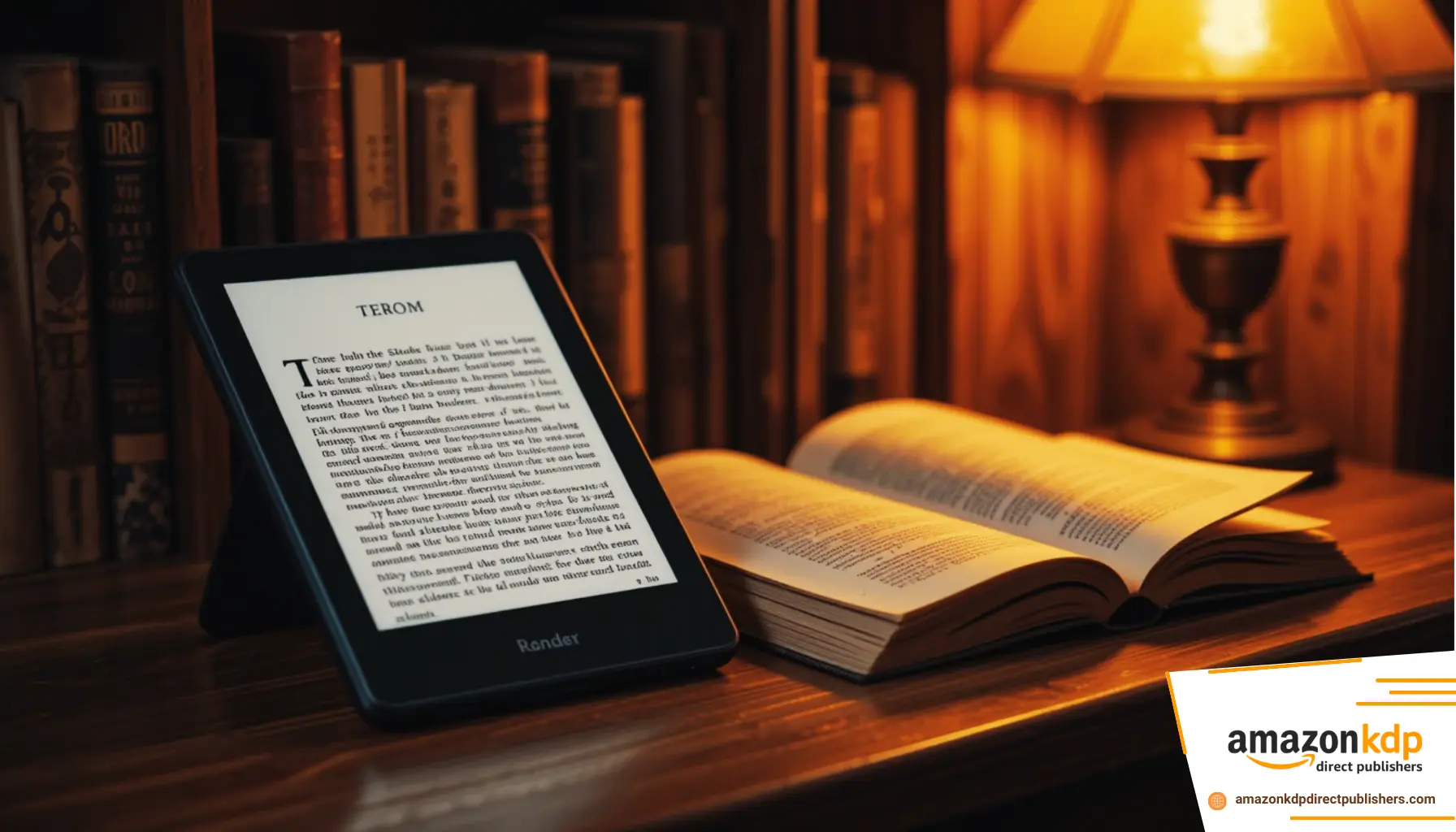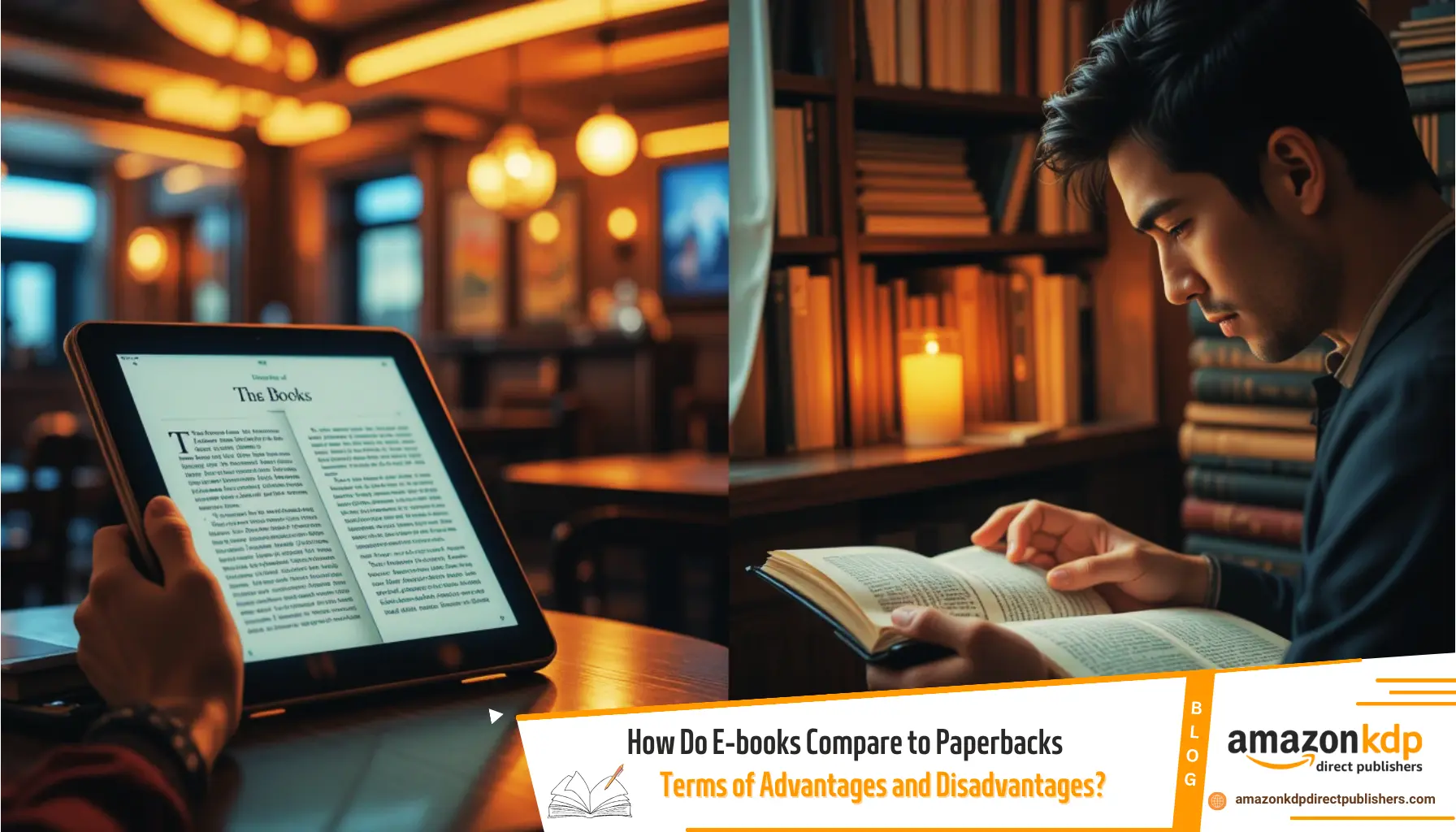How to Decide: E-books or Paperbacks for Your Reading Needs
Which medium do you prefer for reading a book? E-books and paperbacks each have their own unique advantages and disadvantages, catering to different reader preferences and needs.
Advantages of E-books:
- Portability: E-books are incredibly portable, allowing readers to carry an entire library on a single device, which is much lighter than carrying multiple paperback books.
- Cost-Effectiveness : Generally, e-books tend to be cheaper than their paperback counterparts. They eliminate the need for physical storage or moving expenses, enabling readers to amass a vast collection without the associated costs of space.
- Accessibility: E-books can be instantly downloaded and accessed from virtually anywhere, making them highly convenient for readers who want immediate access to new releases or a wide variety of titles.
- Interactivity and Features : Many e-books come with interactive features such as search functions, dictionaries, note-taking capabilities, and adjustable font sizes, enhancing the reading experience.
- Environmentally Friendly: Producing e-books has a lower environmental impact compared to printing physical books, as it reduces paper usage and waste.
Disadvantages of E-books:
- Screen Dependency: Reading e-books requires electronic devices, which can cause eye strain and discomfort from prolonged screen exposure.
- Technical Issues: E-books depend on technology, meaning technical issues like battery life, software updates, or file corruption could disrupt reading.
- Lack of Tactile Experience: Many readers cherish the tactile experience of flipping through pages and the smell of paper, which e-books cannot replicate.
- Health Concerns: Extended use of screens can pose health risks, including disrupted sleep patterns due to blue light exposure.
Advantages of Paperbacks:
- Tactile Experience: The feel of turning pages, the smell of paper, and the visual satisfaction of a bookshelf full of books offer a sensory experience that many readers find irreplaceable.
- No Screen Fatigue: Unlike e-books, paperbacks do not require screens, reducing eye strain and offering a more natural reading experience.
- Permanence: Paperbacks do not rely on technology or formats becoming obsolete; they remain accessible as long as they are physically intact.
- Library Access: Libraries provide access to paperback books at little to no cost, allowing readers to enjoy books without purchasing them.
Disadvantages of Paperbacks:
- Less Portability: Paperbacks are bulkier and heavier, especially when carrying multiple books, making them less convenient for travel or commuting.
- Durability: Paperbacks are more prone to wear and tear, with pages that can crease, tear, or yellow over time.
- Space Requirements: Physical books require storage space, which can become a challenge for avid readers with large collections.
In Summary:

While e-books offer unmatched convenience, portability, and cost savings, paperbacks provide a cherished tactile experience and avoid screen-related fatigue. The choice between the two often comes down to personal preference and specific reading habits.






